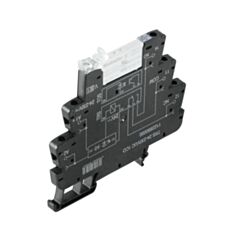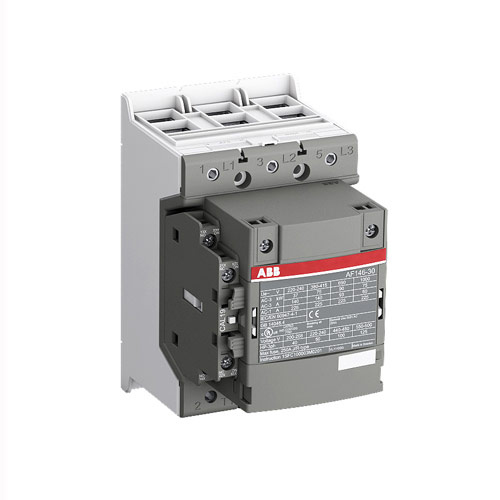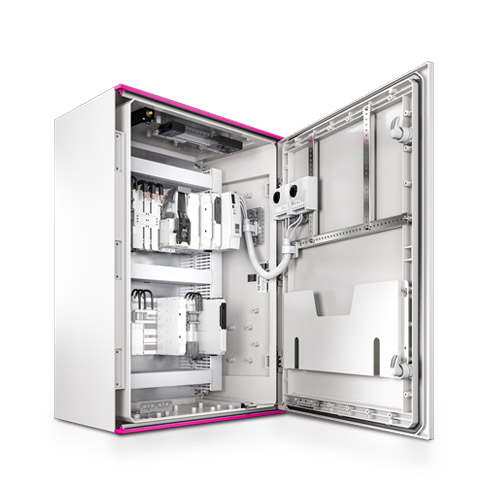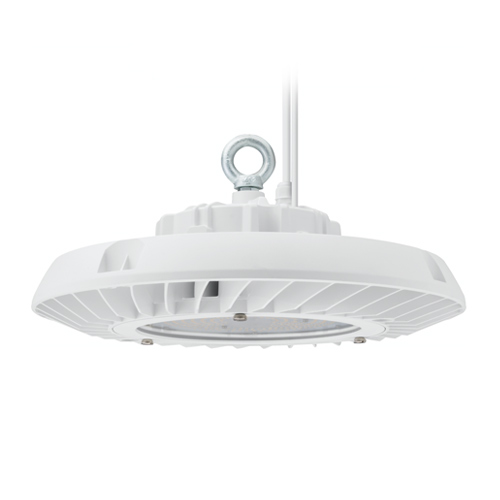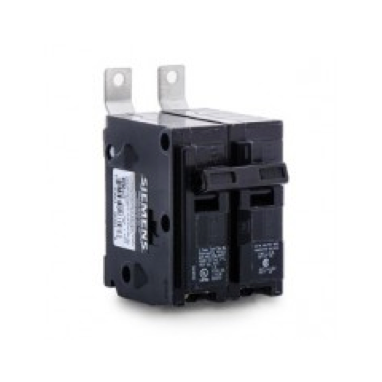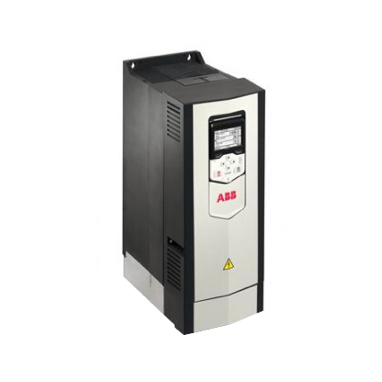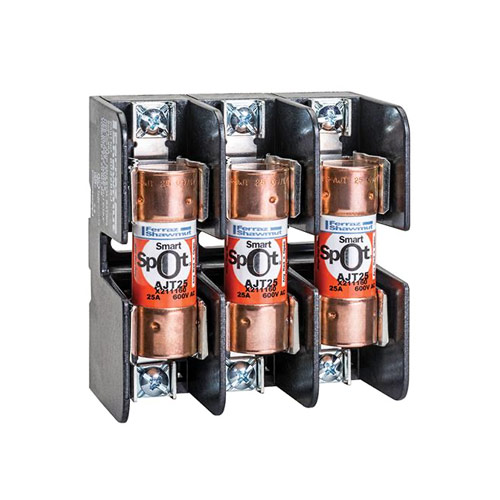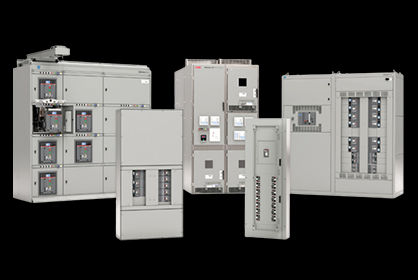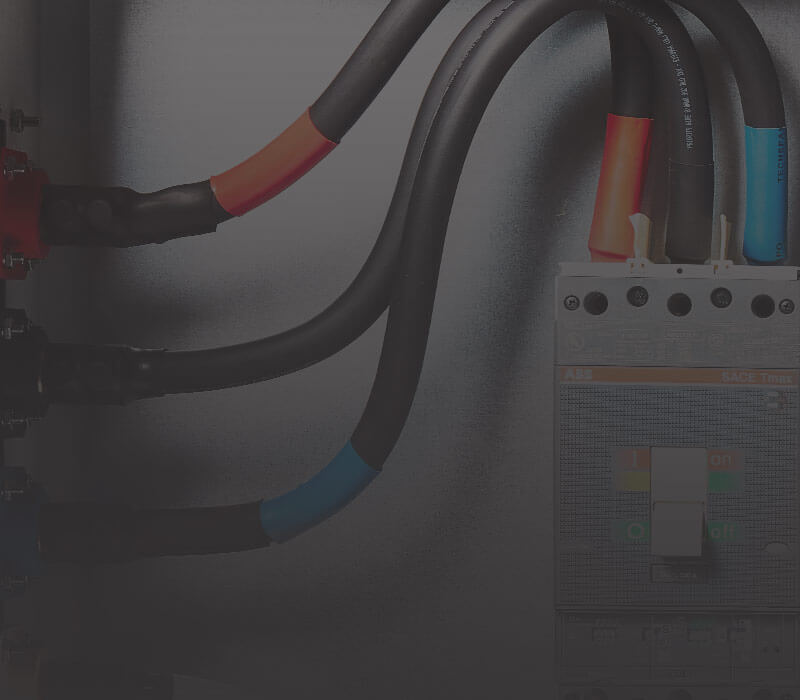-
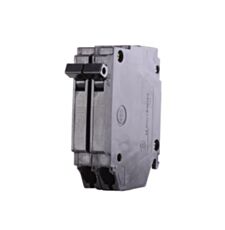 ABB
GE Q-Line® THQP220 Type THQP Compact Molded Case Circuit Breaker, 240 VAC, 20 A, 10 kA Interrupt, 2 Poles, LI/Non-Interchangeable Thermal Magnetic Trip
MPN # THQP220$21.3194 / EAIn Stock Online
ABB
GE Q-Line® THQP220 Type THQP Compact Molded Case Circuit Breaker, 240 VAC, 20 A, 10 kA Interrupt, 2 Poles, LI/Non-Interchangeable Thermal Magnetic Trip
MPN # THQP220$21.3194 / EAIn Stock Online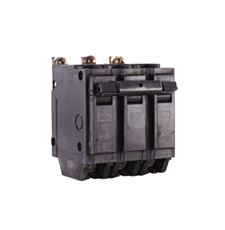 ABB
GE Q-Line® THQB32030 Miniature Circuit Breaker, 120/240 VAC, 30 A, 10 kA Interrupt, 3 Poles, LI/Non-Interchangeable Thermal Magnetic Trip
MPN # THQB32030$218.0972 / EAIn Stock Online
ABB
GE Q-Line® THQB32030 Miniature Circuit Breaker, 120/240 VAC, 30 A, 10 kA Interrupt, 3 Poles, LI/Non-Interchangeable Thermal Magnetic Trip
MPN # THQB32030$218.0972 / EAIn Stock Online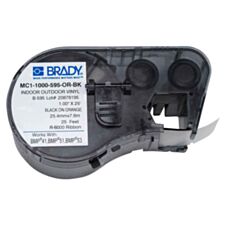 Brady
Brady® MC1-1000-595-OR-BK M Series Label Maker Cartridge, 25 ft L x 1 in W, For Use With BMP® 41 Label Printers, BMP® 51 and BMP® 53 Label Maker, B-595 Vinyl, Black on Orange
MPN # MC1-1000-595-OR-BK$83.9861 / EAIn Stock OnlineMPN # BS100-48T5254-AC120In Stock Online
Brady
Brady® MC1-1000-595-OR-BK M Series Label Maker Cartridge, 25 ft L x 1 in W, For Use With BMP® 41 Label Printers, BMP® 51 and BMP® 53 Label Maker, B-595 Vinyl, Black on Orange
MPN # MC1-1000-595-OR-BK$83.9861 / EAIn Stock OnlineMPN # BS100-48T5254-AC120In Stock Online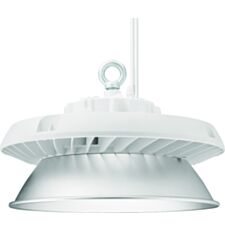 Acuity Brands
Lithonia Lighting® JEBL 18L 40K 80CRI WH JEBL Economical Round High Bay Fixture, LED Lamp, 136 W Fixture, 120 to 277 VAC, White Housing
MPN # JEBL 18L 40K 80CRI WH$229.3750 / EAIn Stock OnlineMPN # 1122850000$37.8414 / EAIn Stock OnlineNews
Acuity Brands
Lithonia Lighting® JEBL 18L 40K 80CRI WH JEBL Economical Round High Bay Fixture, LED Lamp, 136 W Fixture, 120 to 277 VAC, White Housing
MPN # JEBL 18L 40K 80CRI WH$229.3750 / EAIn Stock OnlineMPN # 1122850000$37.8414 / EAIn Stock OnlineNews

CMSE® - Certified Machinery Safety Expert
Become a CMSE® - a four-day training which will gives you a 360° approach to Machinery Safety and provides you guidance on how to implement the legal and statutory requirements pertaining to machinery.
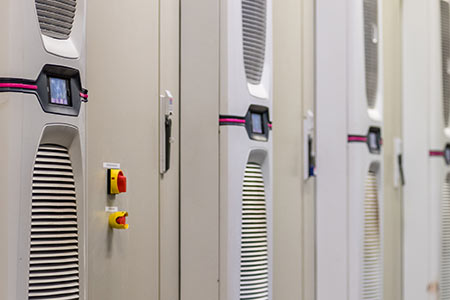

Rittal-Cargill Maintain Process Reliability and efficiency
Rittal’s innovative hygienic design solutions are engineered for high hygiene zones, helping Cargill achieve maximum efficiency and high quality.
We specialize in service
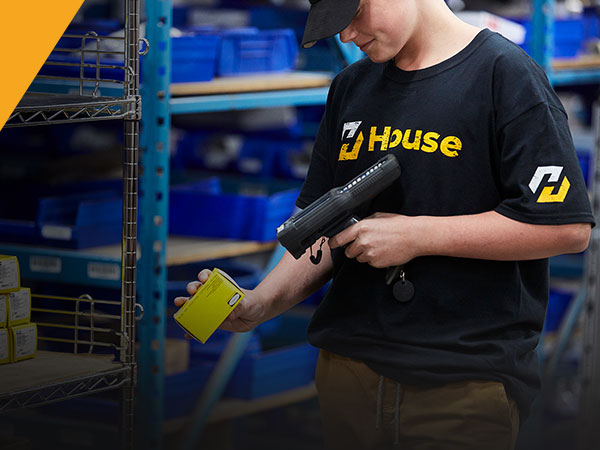
Your one stop shop
For over 40 years, House of Electrical Supplies has established itself as the place to come for service. We are your one stop shop for electrical supplies, automation, lighting solutions, cable assembly, and power distribution. Our experienced personnel have a passion for customer service and we can assist you to find the right solution.
With locations in Markham, Mississauga, and Cambridge, we service clients in the industrial, OEM, entertainment and construction markets across greater metropolitan Toronto area. All of our locations are registered to ISO 9001:2015 standard.
House of Electrical offers many value added services including EDI capabilities, just-in-time inventory programs, energy audits, 24-hour emergency service, drive start-ups, kitting, custom motor starters, cable assemblies, and custom power distribution.







